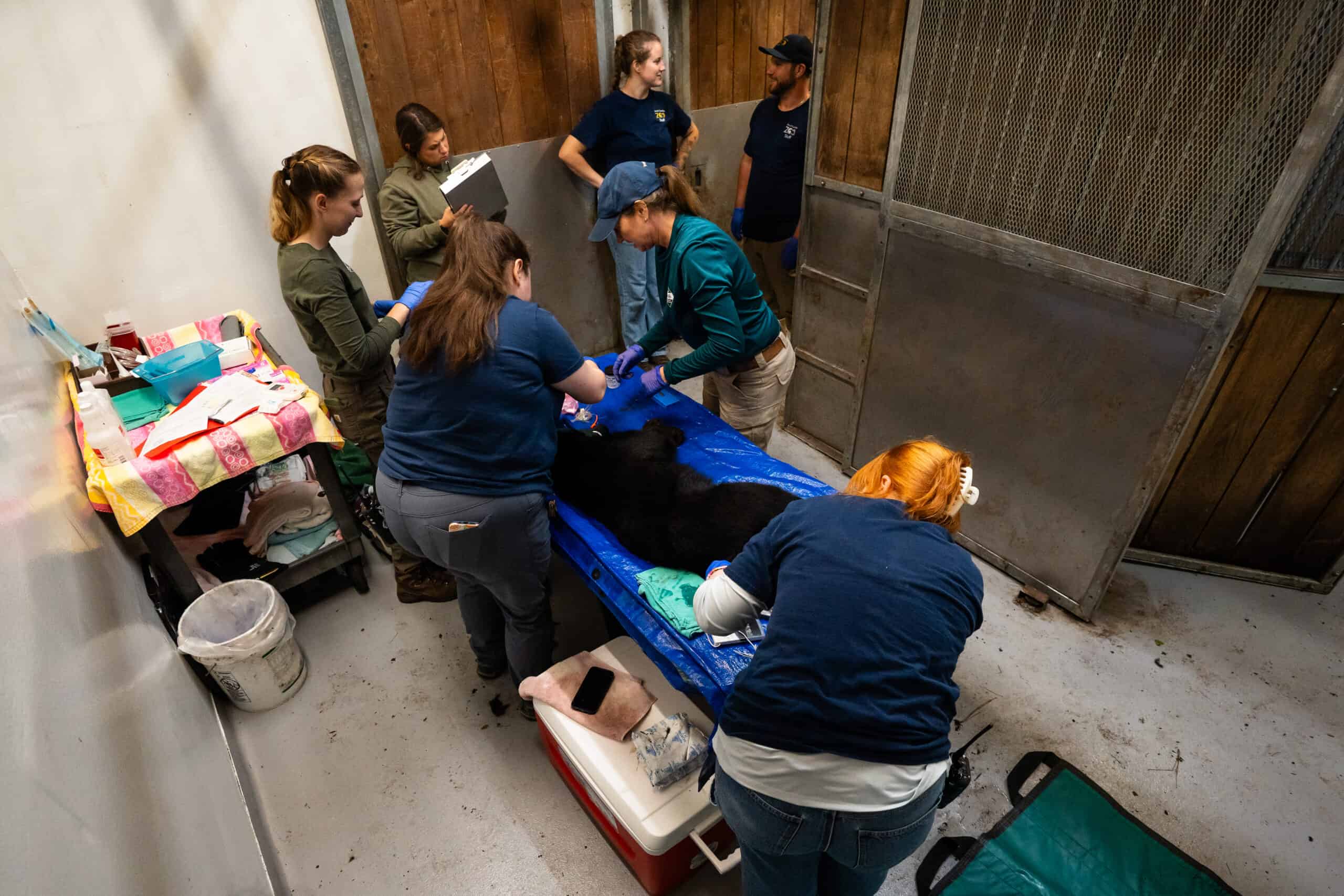Share this article
NM Chapter CAC comments on Mexican wolf recovery plan
The Conservation Affairs Committee (CAC) of the New Mexico Chapter of The Wildlife Society submitted comments on the U.S. Fish and Wildlife Service’s draft recovery plan for Mexican wolves. The Chapter CAC also attended two public meetings in New Mexico.
USFWS released the draft recovery plan on Jun. 30, opening a public comment period that closed Aug. 29. The Service also held four public meetings throughout the month of July in Arizona and New Mexico. These efforts have been aimed at updating the recovery plan for the Mexican wolf (Canis lupus baileyi), which are currently listed as an endangered subspecies under the Endangered Species Act throughout its U.S. range, in the state of New Mexico, and by the Federal Ministry of the Environment and Natural Resource in Mexico. The Arizona Game and Fish Department also lists the Mexican wolf as a species of greatest conservation need in the state.
In their written submission, the NM Chapter CAC expressed improvements that could be made prior to the finalization of the recovery plan. While the CAC agreed that setting minimum population levels for Mexican wolves was a good start, they discussed problems with restricting population sizes and areas occupied — such as limitations in terms of genetic diversity and habitat connectivity. The CAC also suggested the plan include information on the demonstrated benefits of predators on ecosystems.
The draft recovery plan describes criteria for downlisting to threatened status for the Mexican wolf subspecies, and sets population targets for both the U.S. and Mexico populations. Draft targets for U.S. and Mexico populations are 320 and 170, respectively, but the draft plan also gives an alternative target of 150 for both populations, assuming positive population growth is maintained.
The CAC pointed to these target populations as being low given the level of suitable habitat available to the subspecies in both the U.S. and Mexico. The CAC indicated a range of higher estimates for minimum viable populations and carrying capacity in the U.S. and Mexico, citing multiple studies and subsequently suggested that the draft plan be revised to increase the minimum population targets.
The CAC also recommended Mexican wolf populations should be allowed to expand outside of the defined recovery areas. Based on historical data, the CAC suggested suitable habitat may occur in southern California, northern Arizona, northern New Mexico, and west Texas. The CAC supported appropriate management of Mexican wolves wherever they are found following the downlisting of the species, as it “could be very useful in areas inside and outside of the current recovery area.”
The comments also included an attachment that highlights the ecological value of predators. The CAC utilized a paragraph from a letter sent to the New Mexico Department of Game and Fish by the New Mexico Chapter of The Wildlife Society, which highlighted the benefits of predator species, like Mexican wolves, and described the negative impacts of their disappearance from ecosystems.
Header Image: ©Eric Kilby








